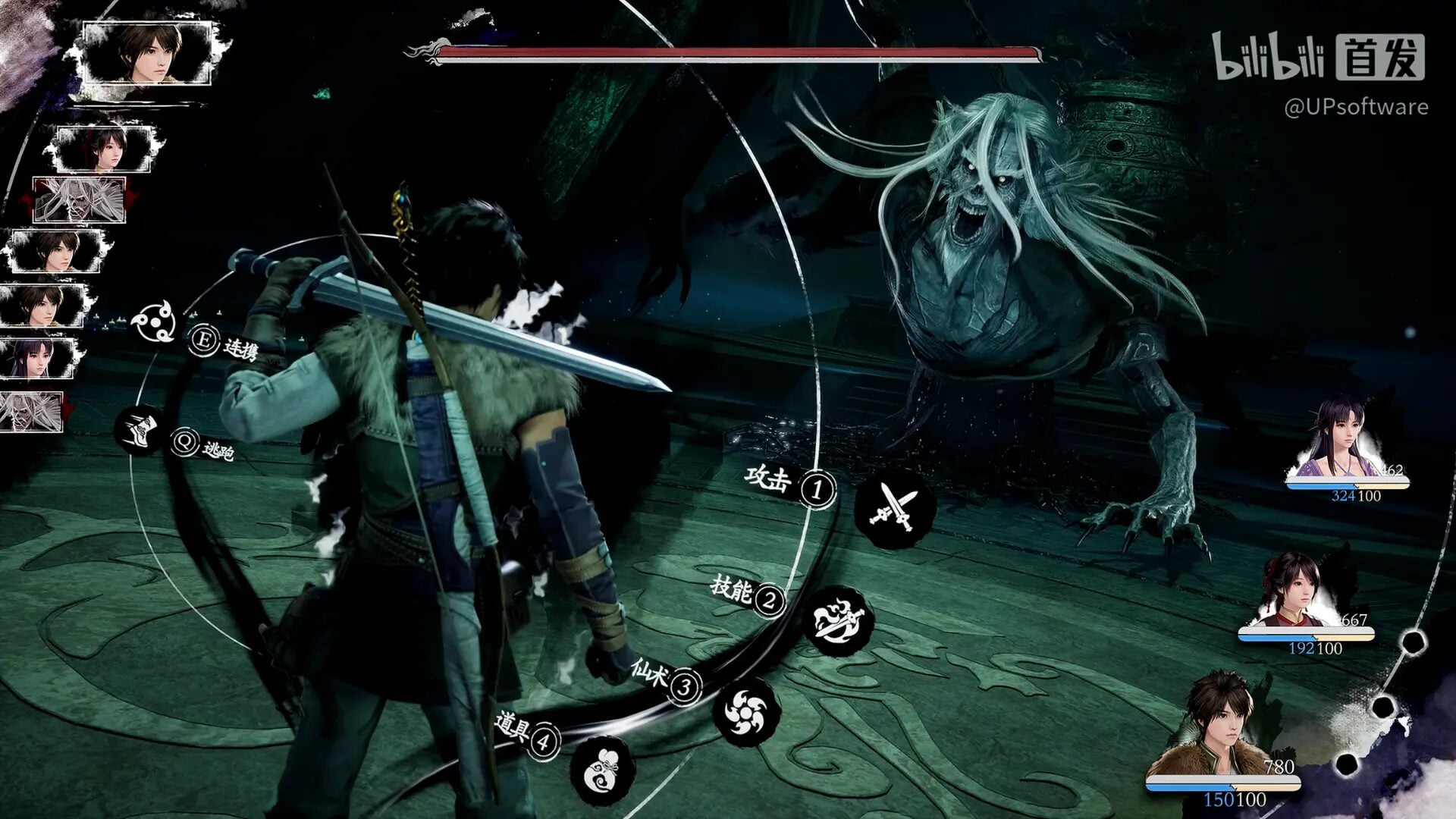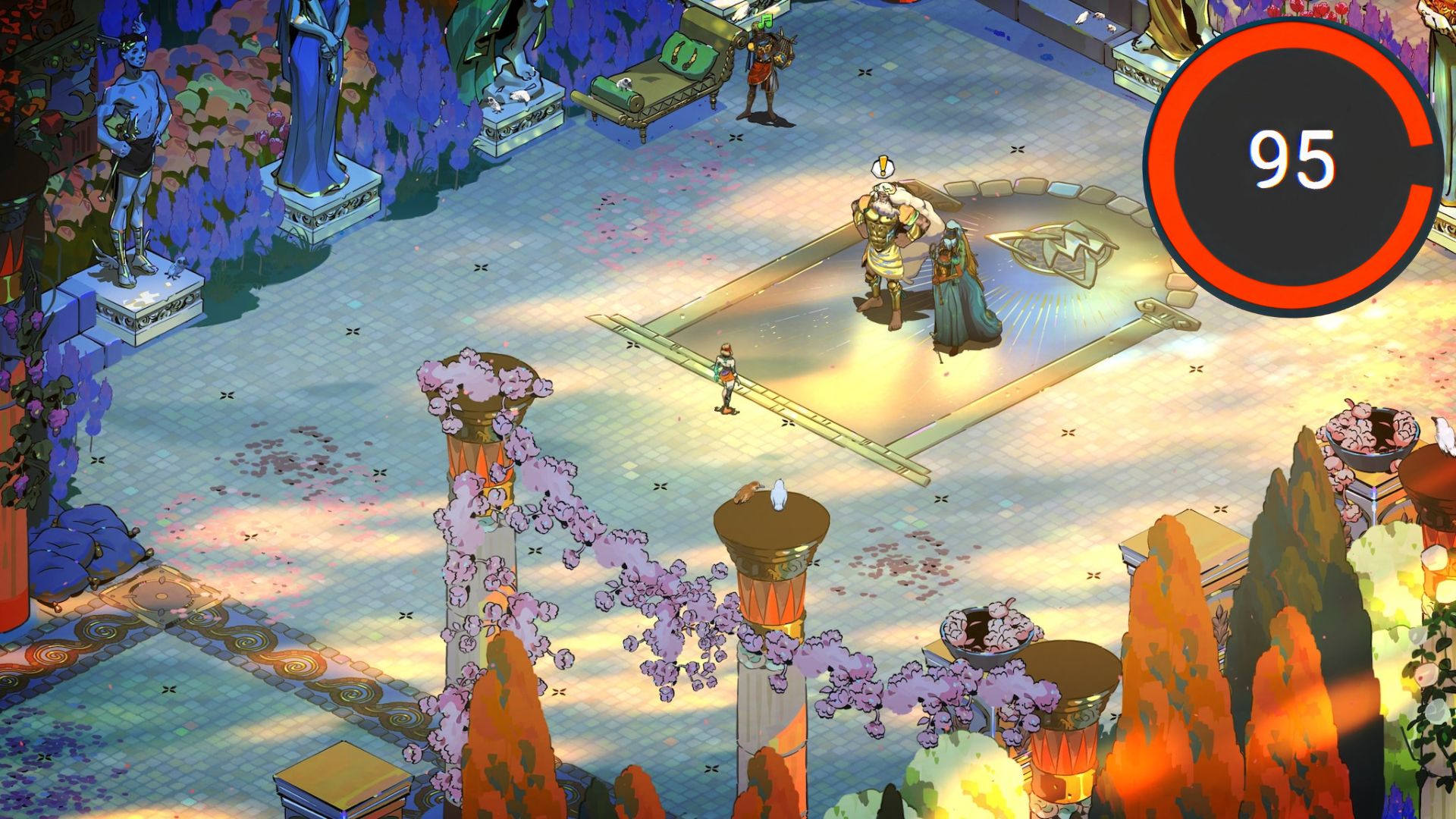- Naughty Dog went through a lot of trouble during the development of The Last of Us Multiplayer.
- The project was eventually cancelled, but a report reveals that many people were unhappy with this decision.
- The project was reportedly in development for four years and was a main project despite earlier claims by Sony.
Naughty Dog faced many challenges with The Last of Us Multiplayer, and ultimately, it had to cancel development. Many saw the cancellation as a blessing in disguise for the developer, but it seems not everyone agreed with the decision.
An insider has revealed that the team had already worked for 4 years before the project was cancelled. This confirms that it was more than a side project.
Why it matters: Game development takes a long time today, so four years of work down the drain would hurt the morale of any developer.
During the Friends Per Second podcast, Jason Schreier, one of the most reputable and reliable industry insiders, revealed more information about the cancelled project. He confirmed that its development was quite resource-intensive.
Naughty Dog factions was in development for something like 4 years, with a team in the hundreds. There were some heads rolling at Sony as a result of that one.
-Jason Schreier
It seems like a massive team at Naughty Dog was working on the multiplayer project. Also, it seems to have been in the works since before The Last of Us Part 2 launched.
This comes as a shock since it was previously said that The Last of Us Multiplayer was a side project. So, it was believed that this project’s cancellation wasn’t a huge loss. However, the new information changes the narrative a lot.
According to Schreier, it is an extensive proposition for something that was considered a miss. He said that the cancellation of this project was not a “bloodless endeavour,” as there were some heads rolling at Sony.

It’s understandable that developers who worked hard on the project were upset by Sony’s decision. Unfortunately, Sony is unlikely to revive the project again, though it could be repurposed into a multiplayer mode for The Last of Us Part 3.
Fans were excited about the standalone multiplayer release for a long time, and it seems like Naughty Dog was giving it special treatment too. However, due to many layoffs and some internal decisions, the project never came to fruition.
Naughty Dog is now working on new titles that reportedly include The Last of Us Part 3 and a new IP.
Thank you! Please share your positive feedback. 🔋
How could we improve this post? Please Help us. 😔
[News Editor]
Obaid is pursuing a Law degree while working as a content writer. He has worked as a gaming writer for over three years because of his passion for the medium and reporting the latest updates in the industry. Having played hundreds of games, Obaid finds himself coming back to Elden Ring, Cyberpunk 2077, and Red Dead Redemption 2, with these games being among his favorites. He has also been mentioned on highly regarded websites, such as Wccftech, Metro UK, PS Lifestyle, GamePressure, VGC, and Gamespot.




